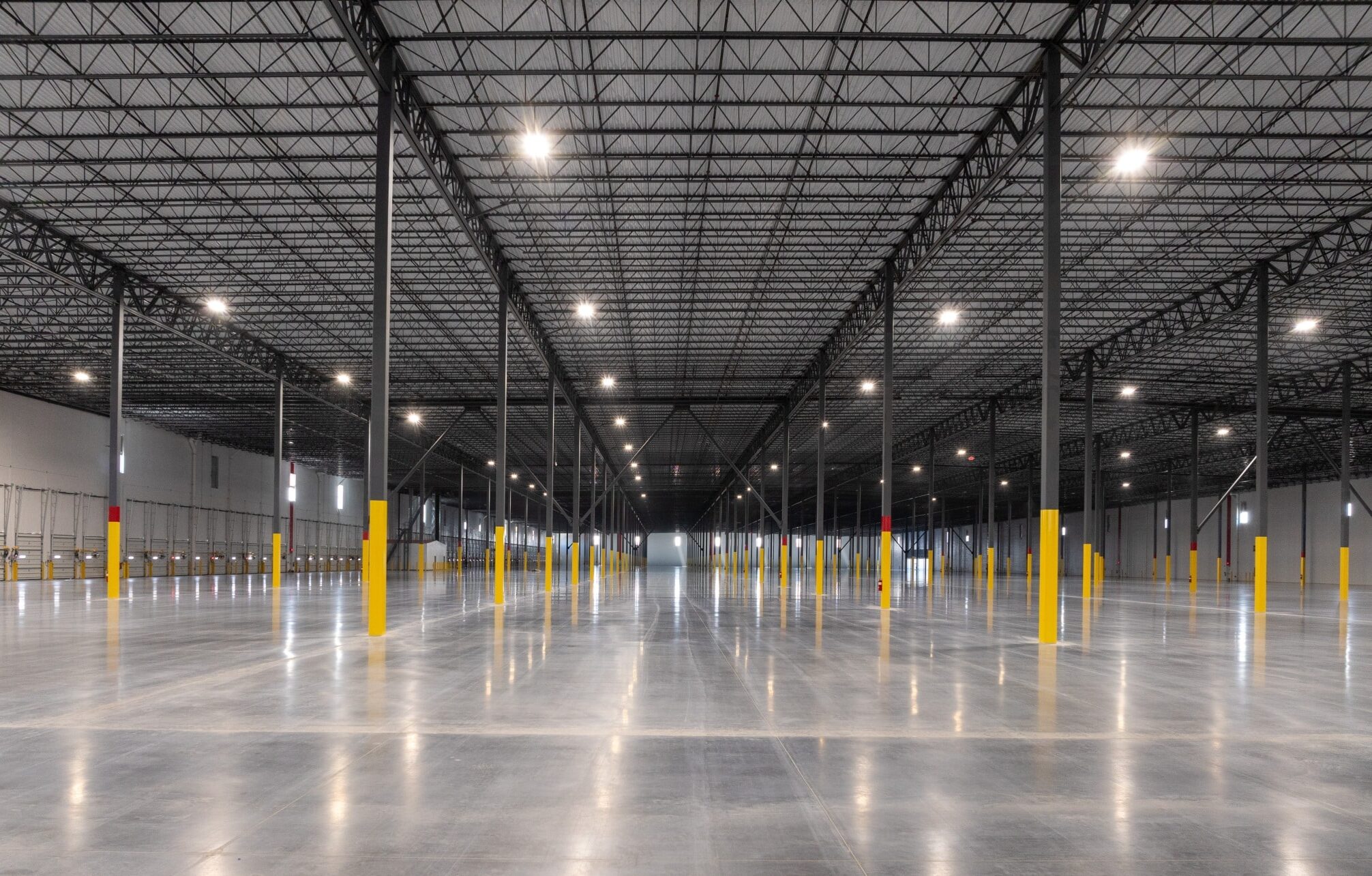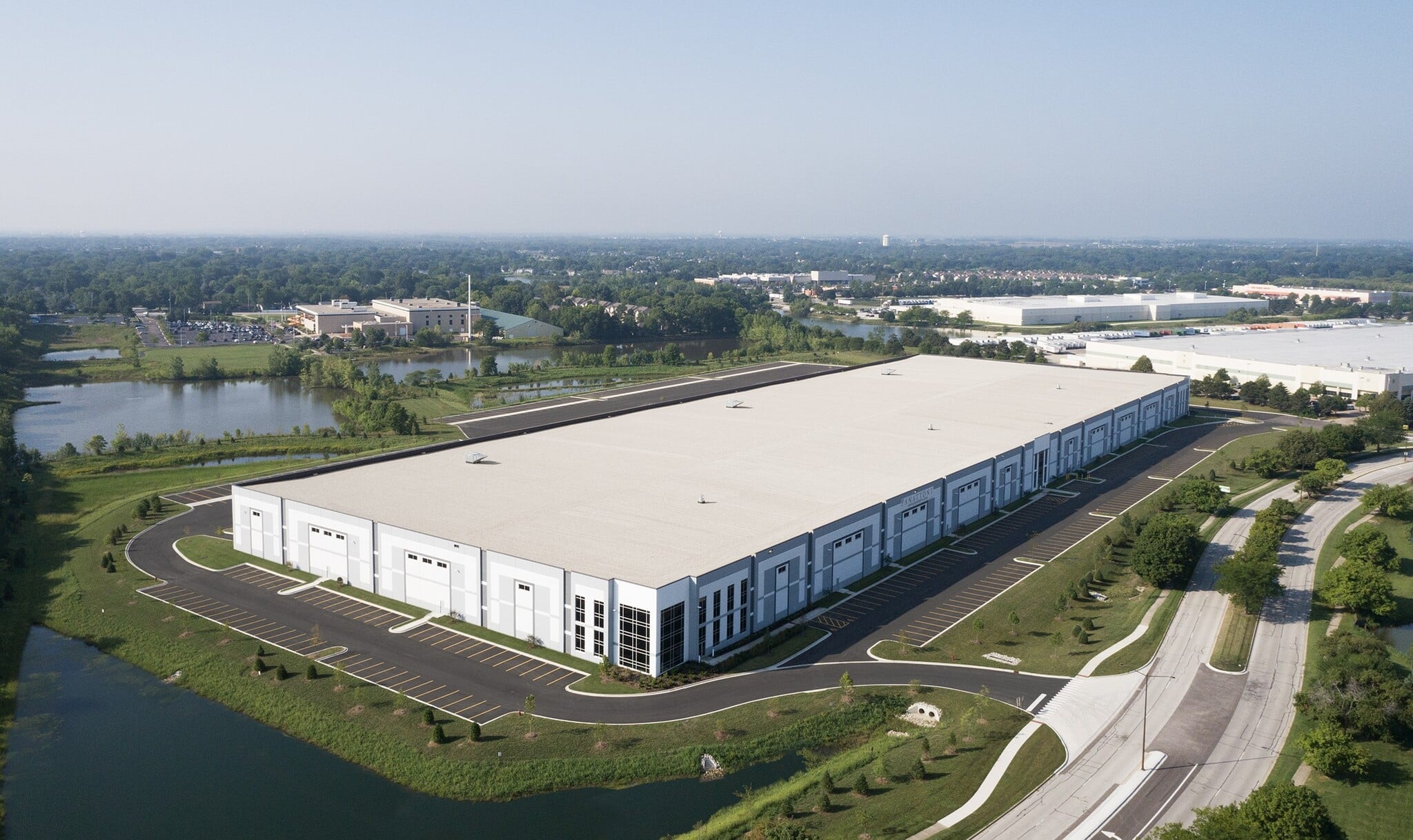Is There A Massive Shadow Supply In Chicago’s Industrial Market
Shadow Supply in Chicago’s Industrial Market: What Investors and Occupiers Should Be Watching Closely
The Chicago industrial market has long been a top-tier destination for logistics, distribution, and manufacturing space. But in 2025, a growing undercurrent is beginning to change the outlook for investors and occupiers: shadow supply. As vacancy rates slowly tick upward and leasing momentum softens, it’s not always the space you see on the market that tells the full story, it’s the space that’s not yet listed that may shift the dynamics.
For investors, shadow supply creates underwriting risk and asset volatility. For tenants, it’s both a threat and an opportunity. Understanding what’s happening beneath the surface is no longer optional.
It’s essential.
What Is Shadow Supply?
In industrial real estate, shadow supply refers to space that is not officially vacant or marketed, but is likely to become available in the near term. It includes:
Speculative buildings nearing delivery with no tenant in place
Sublease space being shopped off-market
Owner-occupied buildings are likely to be vacated or sold
Expiring leases in buildings with soft demand
This type of supply is difficult to track but has very real effects on pricing, absorption, and investment decisions. In Chicago, where more than 30 million square feet of new industrial space was delivered in 2024 alone—much of it large-format or “big box” construction—shadow supply is growing rapidly.
For Investors: Risks Beneath the Surface
1. Overstated Market Fundamentals
Headline statistics still suggest strength: the official vacancy rate across Chicagoland’s industrial market sits around 6.2% as of mid-2025. But once you factor in unlisted spec buildings and quietly marketed subleases, the true availability rate may be closer to 9–10%, especially in key big box submarkets like I-80, I-55, and Elwood.
Investors relying on stabilized fundamentals from 2021–2022 may be operating on outdated assumptions. Rent growth has slowed, lease-up timelines have doubled, and many 500,000+ SF facilities are sitting idle behind the scenes.
2. Leasing Risk on Recently Delivered Assets
Between late 2023 and mid-2025, developers in Chicago delivered nearly 20 million square feet of speculative big box product. In some cases, cap rates assumed lease-up in 6–9 months. In reality, some projects are sitting for more than a year with limited tours and light tenant interest.
Private equity groups, REITs, and family offices invested heavily into these developments, often assuming mid-$6/SF NNN rents. Today, some landlords are accepting low $5s just to secure occupancy. If you’re underwriting acquisitions, don’t assume the space will move quickly or at prior pro forma rents.
3. Refinancing and Exit Pressure
Rising interest rates and slower lease-up timelines are putting pressure on IRRs and business plans. Many developers who began projects in 2022 or 2023 are now reaching hold periods with unleased square footage, reset valuations, and upcoming debt maturities.
For investors, this means two things:
Watch for distress: Some Class A buildings may hit the market at a discount, especially in supply-heavy corridors.
Prepare for a buyer’s market: Opportunities will emerge, but only for those with dry powder and realistic lease-up expectations.
For Occupiers: Time to Be Strategic
While shadow supply poses risk for owners, it also creates opportunities for tenants—especially those seeking space over 200,000 SF.

1. Leverage the Unlisted
One of the key advantages in today’s market is the ability to negotiate deals before a building is formally marketed. Subleases, shadow listings, and just-delivered specs are often being quietly shown to select tenants before they hit the public databases.
For industrial users, especially those with flexible timing or requirements, this creates a strategic advantage. You can often negotiate favorable terms, more free rent, and tenant improvement packages with landlords eager to fill space.
Tip: Partner with brokers who have strong market relationships, they’re more likely to be aware of pre-market and shadow space options.
2. Be Wary of Concessions Masking Real Costs
Free rent is up, and landlords are offering longer buildout windows and increased TI allowances. But occupiers should be cautious: these concessions may mask hidden costs:
Buildings may sit in floodplains or have limited trailer parking.
Operating expenses (CAM, taxes, insurance) may be unpredictable.
Buildings delivered in 2023–2024 may not include power upgrades, automation readiness, or dock configurations suitable for your operations.
Not all new space is equal. Shadow listings are often less visible for a reason—some of these buildings underperform operationally, or they’re in oversupplied locations.
3. Shorter Lease Terms Are Back in Play
From 2019–2022, most industrial landlords pushed hard for 7- to 10-year leases, leveraging the lack of available space. Today, with space sitting idle and new supply increasing competition, many landlords are now open to 3–5-year terms—and in some cases, even shorter.
This is ideal for tenants anticipating future growth, relocations, or automation investments that could shift their space needs. Flexibility has returned to the negotiating table—if you know where to look.

Submarkets to Watch in 2025
I-80/Joliet/Elwood
This submarket added nearly 10 million SF of spec space in 2024 alone. Several large-format buildings—especially those over 750,000 SF—remain unleased. Rental rates have declined 5–7% YoY and concessions are common.
O’Hare
Infill remains tight, but second-generation space and user-owned assets may quietly hit the market. For smaller tenants (50,000–150,000 SF), shadow supply could ease the squeeze in the second half of 2025.
Southeast Wisconsin
Sellers in Lake County, IL, are seeing large price-sensitive tenants drift north into Wisconsin. Kenosha and Pleasant Prairie have growing vacancy and more shadow space from consolidating tenants.
Strategies Going Forward
Whether you’re acquiring assets or locking in space for operations, the message is clear: look beyond the public data.
For investors:
Underwrite longer lease-up timelines.
Track local permitting and delivery schedules.
Ask questions about who’s vacating, not just who’s leasing.
For occupiers:
Tour more than what’s listed online.
Push hard on concessions—but verify building functionality.
Consider flexible lease terms to hedge against an evolving market.
Final Thoughts
The Chicago industrial market isn’t crashing. But it is correcting. For years, limited supply, booming e-commerce, and inflationary rents created an environment where nearly any big box project penciled. That era is over.
What comes next is more nuanced and potentially more profitable for those who know how to navigate it. Whether you’re preparing to invest or searching for the right facility to grow your operations, our team of Chicago commercial real estate agents is here to guide you through every stage of the process.

